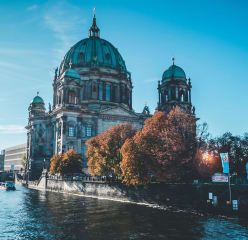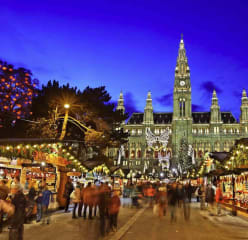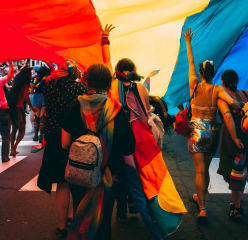What are the safest boroughs in London to live in for 2023?
London is a popular destination for young professionals, families, students, or simply people who are permanently relocating there for personal rea…
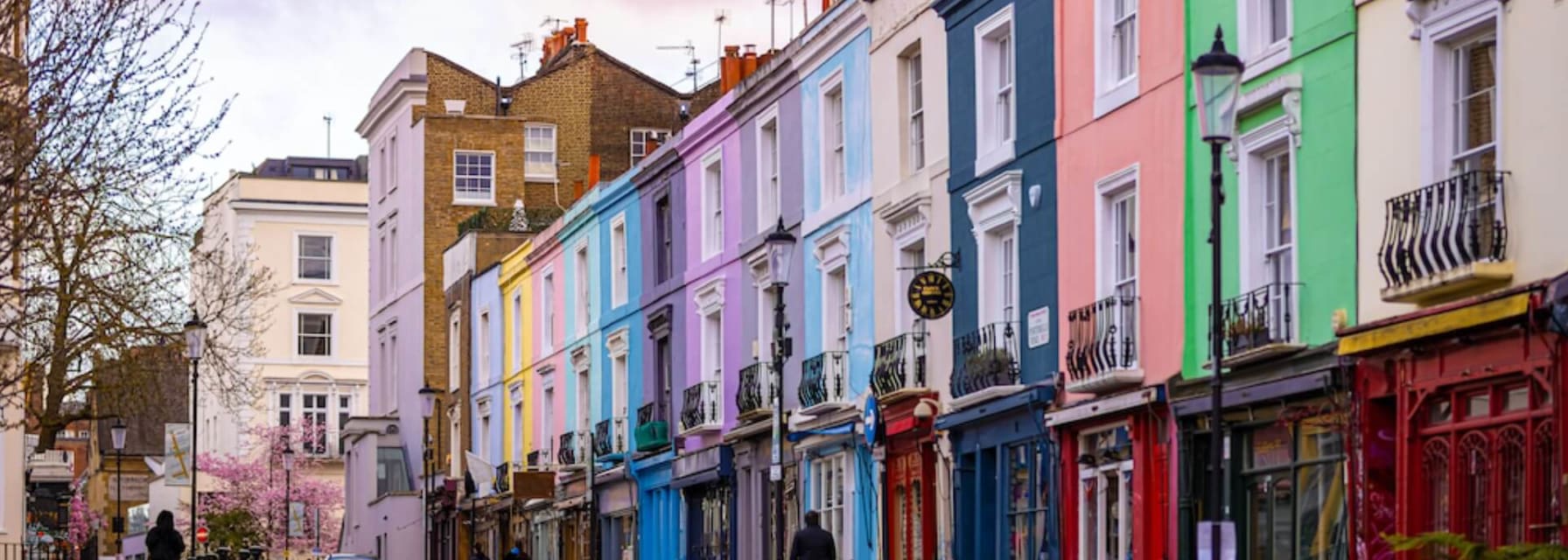
London is a popular destination for young professionals, families, students, or simply people who are permanently relocating there for personal reasons. In a city as large and popular as London, pickpocketing, micro-robberies in the street, and scams are among the biggest safety concerns. So visitors and residents alike should be aware of their surroundings in crowded areas, such as public transportation, major attractions, and popular market streets.
According to Crimerate.co.uk, the overall crime rate in London in 2021 was 87 incidents per 1000 people. The most common crimes were violence and sexual offenses. Compared to the UK’s national average, the crime rate in London is 9% worse. In general, crimes are localized to specific parts of the city. To begin with, the City of London has one of the worst crime rates in the UK. The borough’s rate is 89% higher than the national average, with 665 incidents per 1000 people.
The 5 most common crimes in the Greater London area are (most to least common):
- Violence & sexual assault – 244,978 incidents
- Vehicle theft – 98,57 incidents
- Public order – 61,305 cases
- Damage & arson – 53,198 cases
- Burglary – 52,414 cases
Although London may not be the safest place to live, there are some areas that hold the top spot on the safety scale due to their low crime rates.

Here are our suggestions for locating the safest areas in the city.
1. Richmond upon Thames
Richmond scores number one for London’s safest borough. Despite Richmond’s distance from the main city of London, it is more like a quiet village than a borough. The fast train takes only 20 minutes to reach Waterloo station, making it particularly convenient for commuters.
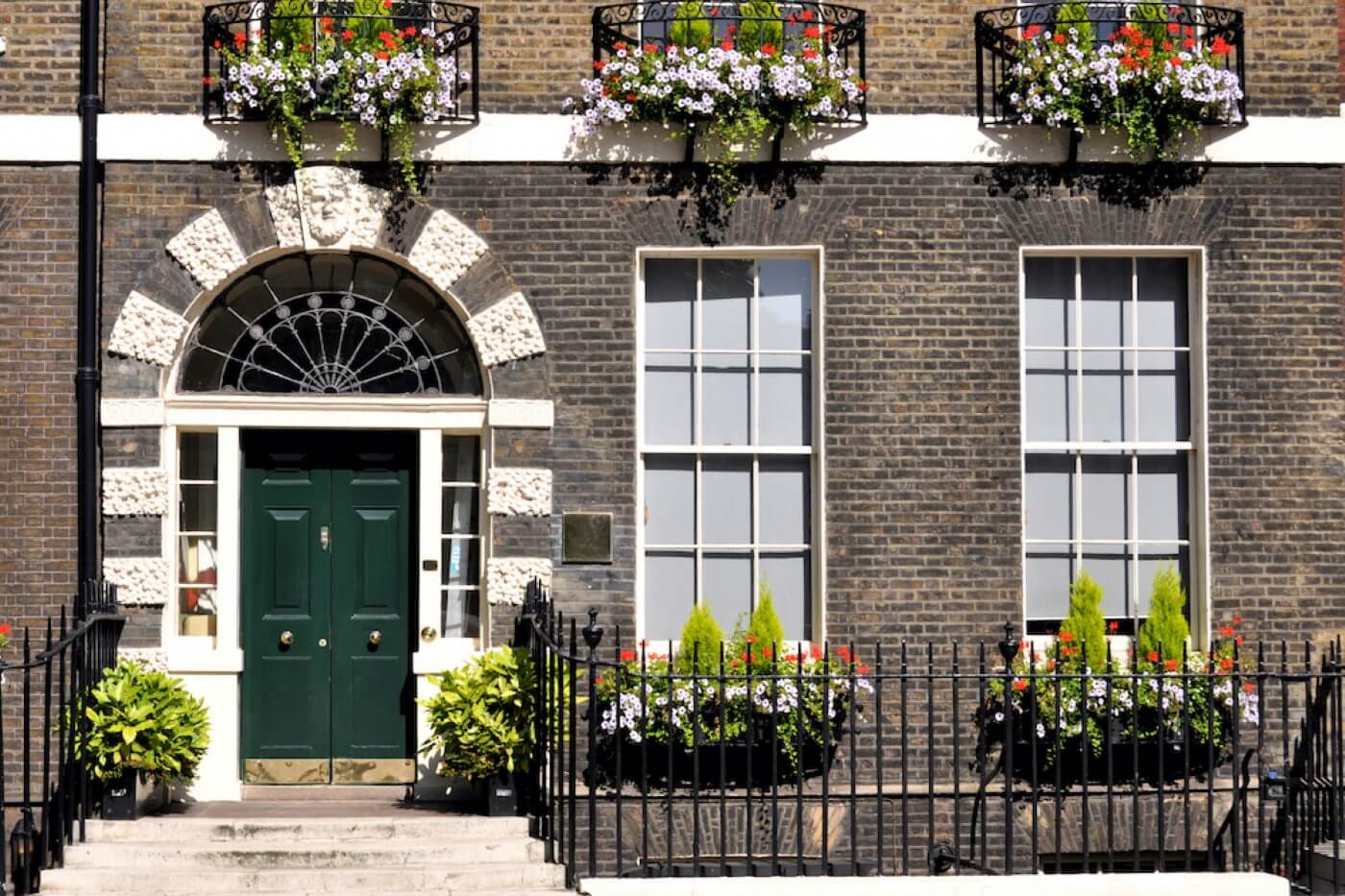
All in all, the total crime rate in Richmond upon Thames in 2021 was 57 crimes per 1,000 people. Compared to London’s regional overall crime rate, it is coming in 53% lower.
Here’s some Richmond population data:
- Total population: 195,200
- Male population: 93,900 (48%)
- Female population: 101,300 (52%)
- People under 15 y.o.: 37,100 (21%)
- Number of households: 80,700
- People between 15-64 yo: 126,500 (63%)
- People over 64 yo: 31,600 (16%)
2. Harrow
There is no better borough in Northwest London than Harrow, which offers great schools and affordable living compared to other areas.

Harrow has two large shopping centers, lots of cute cafes, and good public transportation that links directly to London. So among all London’s boroughs, Harrow is the second safest. As of 2021, there were 58 crimes per 1,000 people in Harrow. Compared to the city’s overall crime rate of 87 per 1,000 residents, this rate is 51% lower.
Here’s some Harrow borough population data:
- Total population: 252,300
- Male population: 126,800 (50%)
- Female population: 125,500 (50%)
- Citizens under 15 yo: 53,800 (21%)
- Citizens between 15-64 yo: 157,900 (63%)
- And citizens over 64 yo: 40,600 (16%)
3. Bexley
Located in southeast London, Bexley has low prices, a sense of community, and is one of the safest places to live across the city. There are many green areas around the area such as Bexleyheath, and local cafés and pubs make it feel like a village. All in all, Bexley ranks third among London’s safest boroughs. As of 2021, there were 60 crimes per 1,000 people. This is coming in 45% lower than the London rate of 87 per 1,000 citizens. The most common crimes in Bexley are violence and sexual offenses, with 5,677 cases reported in 2021. Bexley’s least common crimes are possession of weapons, with 82 offenses recorded in 2021, a decrease of 30% from 2020’s figure of 107 crimes.
Demographic data about Bexley:
- Total population: 249,301
- Male population: 120,541 (48%)
- Female population: 128,760 (48%)
- People under 17 yo: 57,424 (23%)
- People between 18-64 yo: 150,844 (60.5%)
- All the people over 65 yo: 41,033 (16.5%)
4. Sutton
Sutton is considered one of the best places to live in London. Its unique location offers an unmatchable view. Above all, this borough provides several essential places and venues that make it an excellent option for your next home base. With open green spaces, parks, good schools, and affordable homes Sutton is great when considering renting or buying a new house. Sutton also belongs to the top 5 safest neighborhoods someone can live in the city. The area’s overall crime rate in 2021 was 62 crimes per 1,000 people. So compared to London’s overall crime rate (87 cases per 1,000 residents), it is 41% lower. Also, Sutton has a 24% lower crime rate than the national average making it one of the best boroughs to relocate with family.
Population data about Sutton borough:
- Total population: 209,600
- Male population: 101,400 (48%)
- Female population: 108,100 (52%)
- People under 15 yo: 41,500 (20%)
- Number of households: 82,300
- People between 15-64 yo: 136,300 (65%)
- People over 64 yo: 31, 800 (15%)
5. Kingston Upon Thames
Kingston upon Thames is a vibrant area of London located in the south. All in all, there are many pubs, shops, and restaurants in its historic town center.

Besides its green parks, this area also has some good schools which makes it a good place to raise a family. In addition, Kingston’s infamous architecture is best complemented by the 3 miles-long path of the river and green areas. Kingston upon Thames is also considered a very safe borough to live in London. In this borough, the annual crime rate in the area is 62 per thousand population. So this is a 40% lower rate than the regional crime rate, making it a great option if safety is an aspect of your decision to move to London.
Here’s the population data of Kingston borough:
- Total population: 168,000
- Male population: 81,000 (48%)
- Female population: 87,000 (52%)
- Number of households: 65,600
- People under 15 yo: 30,700 (18%)
- People between 15-64 yo: 13,100 (67%)
- And people over 64 yo: 24,200 (14%)
A few things to do to determine the safety of the area you want to choose
Before deciding on the area of your future home you will have to determine the safety of the area you are about to choose. Here are a few things to have in mind:
Check updated crime stats
It is important to check for recent & updated crime stats and data to determine the safety of the area you are currently looking at. In addition, make sure that the resource is of high authority and that the rates they present are accurate. Here are a few good examples to check updated crime stats in the UK:
- The national website for policing in England, Wales, and Northern Ireland,
- Metropolitan Police website,
- UK’s Leading Independent Crime Data Platform,
- CrimeRate – UK Crime and Safety Statistics,
- Crystal Roof – Area Data Research Tool.
Drive or walk the area yourself
It’s essential to walk around the area you are interested in by yourself. Also, check the streets around both during the day and night, and check the proximity of the area to your workplace or school.
Police presence
Make sure there is a police station close by or any signs of police and security patrols.
Speak to locals
Gather as much information as you can from locals on how life is around the area you are investigating. Also, remember that speaking to locals can help you network and familiarize yourself with others, making you feel safer in the area.
How to protect yourself and your home – regardless of the area
Despite living in a considerably safe area, crimes are never inevitable. What you can do instead is to make sure you protect yourself and fortify your home against intruders.
So how to protect yourself in the streets of London?
1. Be mindful of your surroundings and keep an eye out for strangers following you – especially during the night. Try to never get drifted off by distractions like looking at your phone, listening to music, etc
2. Don’t showcase your valuables especially if you own expensive phones or gadgets, jewelry, etc. Make sure that you carry them in a very discreet manner or simply keep them in your backpack.
3. Research the safest route to your destination when you have to leave your home for many hours. If you don’t own a car always plan ahead of your journey and opt for the safest spots when getting there.
4. Depending on the time of the day, avoid extremely crowded places or streets, empty and dark alleys or parks, and secluded areas during the night. Also, remember to bring a friend with you.
5. Finally, take self-defense lessons. Learning a few ways to physically protect yourself by taking self-defense could be proven a great way to prevent several violent assaults and crimes.
How to protect your home from attacks?
1. Fortify your doors and windows and make sure to install high-security locks and durable frames. Inspect and fix any damage on your door and windows that could potentially compromise your home’s safety.
2. Choose an apartment over a house as it could be quite safer. The feeling of the community in an apartment building with friendly neighbors offers an extra layer of protection. There are several high-quality apartments in London that could be considered a safe option for your new home in the city.
3. Install an alarm and a surveillance system. Though expensive is the most popular way to stop a home intruder.

London as your new home can be intimidating, loud, and sometimes not very safe. However, its vibrant life for sure will repay you by offering an exciting and energizing new lifestyle. Our suggestions on the city’s safest boroughs and finding out the best ways to protect yourself and your new home will take away your worries about what’s going on outside and let you enjoy your new life in London.

